The Local Lowdown February Housing Analysis
February 23, 2023

February 23, 2023

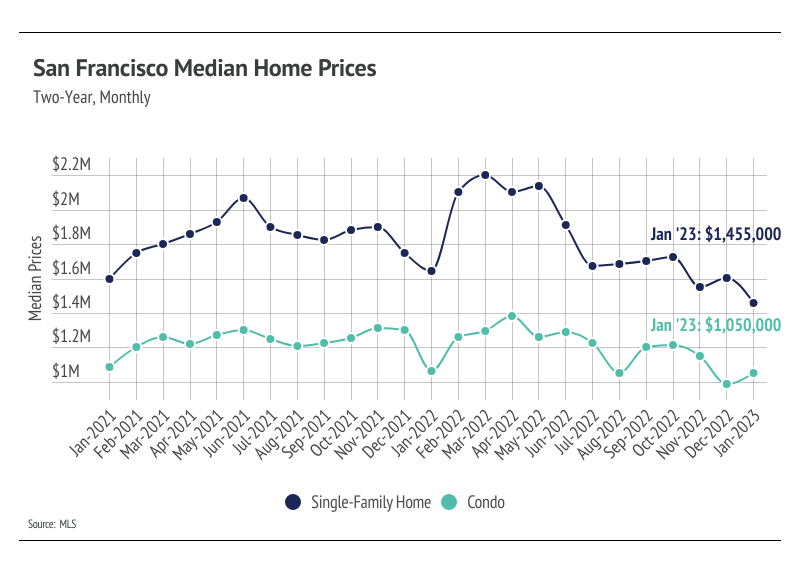
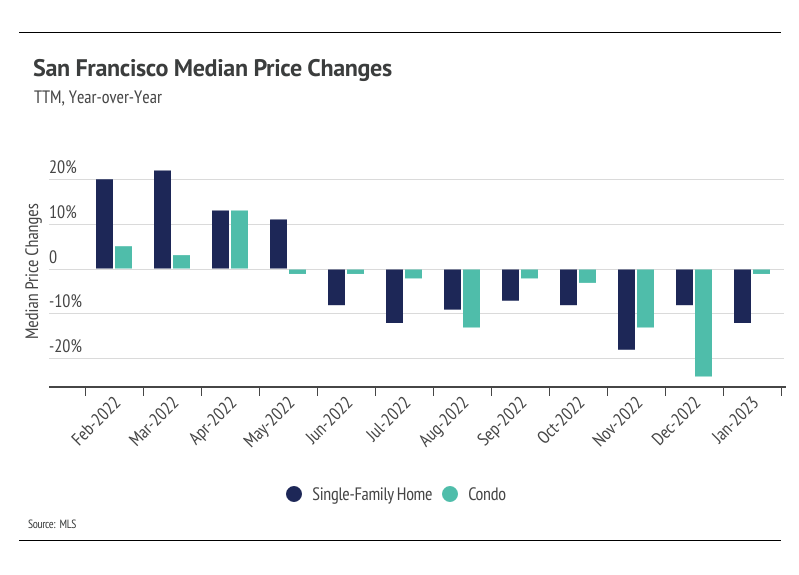
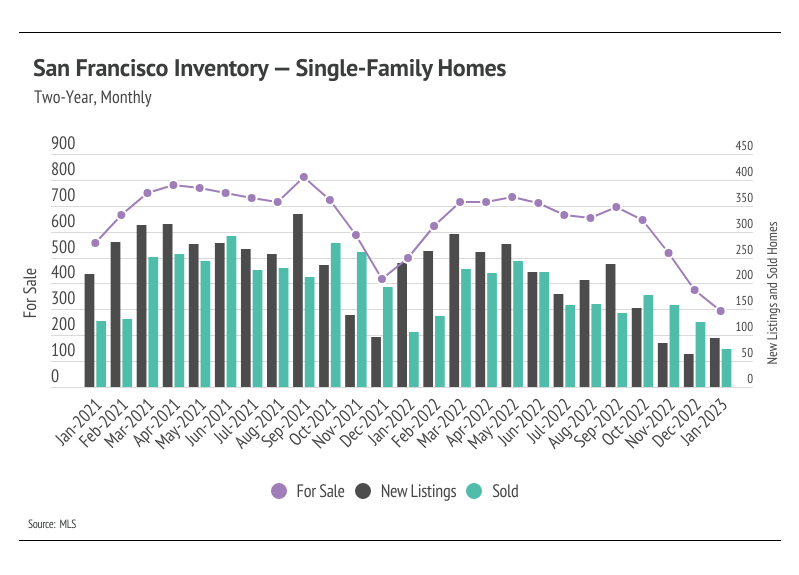
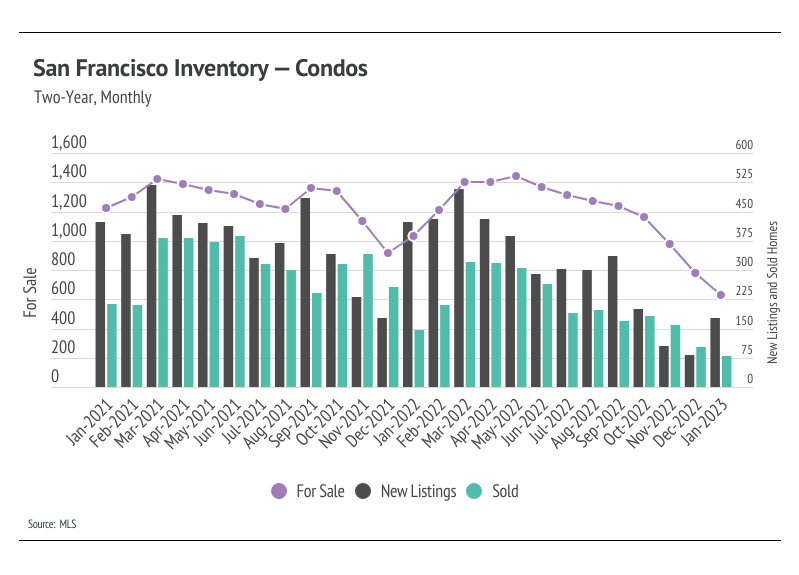
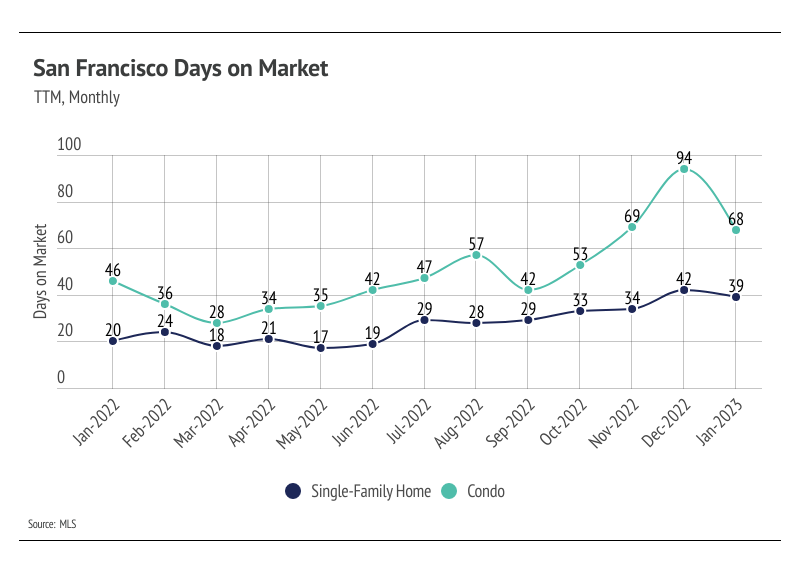
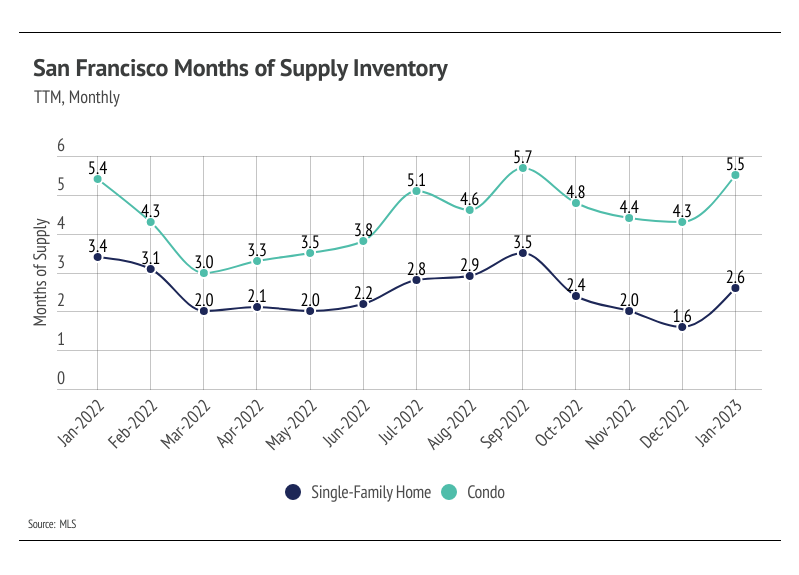
Stay up to date on the latest real estate trends.

December 19, 2025
Escape the San Francisco Winter Chill

December 5, 2025
How Savvy Buyers Can Find Opportunity

December 4, 2025
In November 2025, 14 single-family homes sold in Bernal Heights.

December 1, 2025
In November, there were 19 single family and condo home sales in Pacifica. Closed listings range in price from $520K to $1.65M.
You’ve got questions and we can’t wait to answer them.